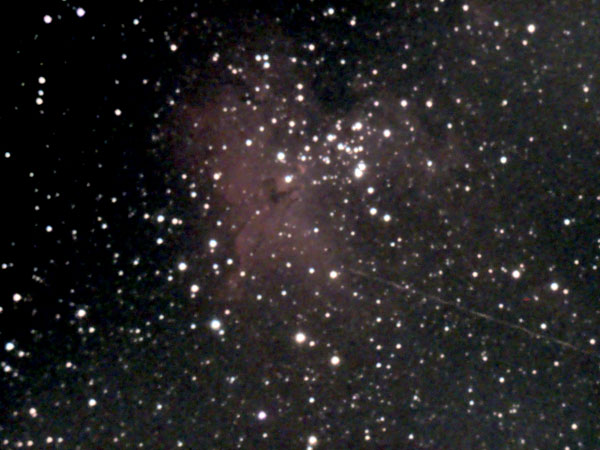Photo Comparison Vaonis Vespera versus Unistellar eVscope (2) - Part 2
Introduction | Photos: First Comparison Vaonis Vespera with the Unistellar eVscope 2 and eVscope | Photos: Second Comparison Vaonis Vespera with the Unistellar eVscope 2 and eVscope | Notes | Links
Archive
On this page, I present photos of the same DSO, which I took with my eVscope, eVscope 2, and with my Vaonis Vespera. for this, I present two variants of the photos:
- Fotos, die auf dieselbe Pixelbreite herunterskaliert sind (die des originalen eVscopes von 1280 Pixeln)
- Fotos, die auf dieselbe Pixelzahl z.T. herunterskaliert und beschnitten sind (außer beim originalen eVscope)
The eVscope (2) photos are edited, my Vespera photos are unedited.
See also pages Photo Comparison Vaonis Vespera versus Unistellar eVscope (2) and Photo Comparison Vaonis Vespera versus Unistellar eVscope (2) - Part 3.
Note: As I sold my eVscopes and my Vespera, no more new photos will be added.
Introduction
After the Unistellar eVscope, which I acquired through a Kickstarter campaign, I also participated in a Kickstarter campaign for the Vaonis Vespera telescope. There was no such campaign for the eVscope 2, but owners of an eVscope got a limited time offer for a 10% rebate on the eVscope (which I took advantage of).
More details on the telescopes on the pages (and related pages):
Please note when comparing the images that the sensors of the telescopes have very different image formats and pixel numbers:
| Specifications | eQuinox/eVscope | eQuinox 2/ eVscope 2 | Vespera |
| Field of View | 0.61° x 0.46° (36,7' x 27,6') |
0.78° x 0.57° (47' x 37') |
1.6° x 0.9° (100' x 54')** |
| Resolving Power (Image Scale) | 1.72" | 1.33" | 2.99" |
| Sensor Model | IMX224 | IMX347 | IMX462 |
| Pixel Size | 3.75 x 3.75 µm | 2.9 x 2.9 µm | 2.9 x 2.9 µm |
| Pixels (Used by the Telescope) | 1280 x 960 | 2048 x 1536* | 1920 x 1080 |
| Megapixels | approx. 1.23 | approx. 4.09 | approx. 2.1 |
| eVscope Pixels in EV Mode (since app version 1.3/1.4) | 2560 x 1920 | 3200 x 2400 | --- |
| eVscope Megapixels in EV Mode (since App Version 1.3/1.4) | 4.9 | 7.7 | --- |
*) The sensor's pixel numbers are: 2781 (H) × 1632 (V) pixels (4,1 MP; 16/9), the recommended pixel number is smaller; as noted, Unistellar uses fewer pixels, particularly in the horizontal direction (4/3).
**) The numbers for minutes are estimated.
Photos: First Comparison Vaonis Vespera with the Unistellar eVscope 2 and eVscope
The photos below are scaled to the same pixel width, and thus, provide an impression of the relative size of the DSO when the uncropped images are scaled down this way. The eVscope and eVscope 2 photos are processed, the Vespera photos are not.
Note that the Vespera DSO would appear larger, if the photos were cropped to a 4:3 format (1440 x 1080); Unistellar crops the eVscope 2 photos automatically to this format (2048 x 1536). For the original eVscope, 1280 x 960 pixels are the "original format" (sensor format). Note that Unistellar scales the eVscvope (2) photos up since app version 1.3 (3200 x 2400 for eVscope 2, and 2560 x 1920 for the original eVscope).
Vaonis Vespera |
Unistellar eVscope 2, Third Sample |
Unistellar eVscope |
||
| 1920 x 1080, downsized to 1280 x XYZ |
Downsized to 1280 x 960 |
Sensor size 1280 x 960 |
||
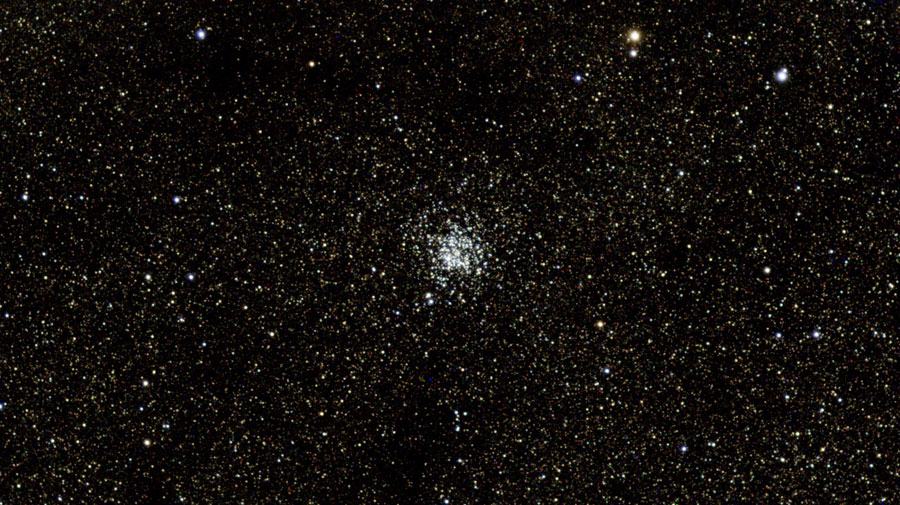 |
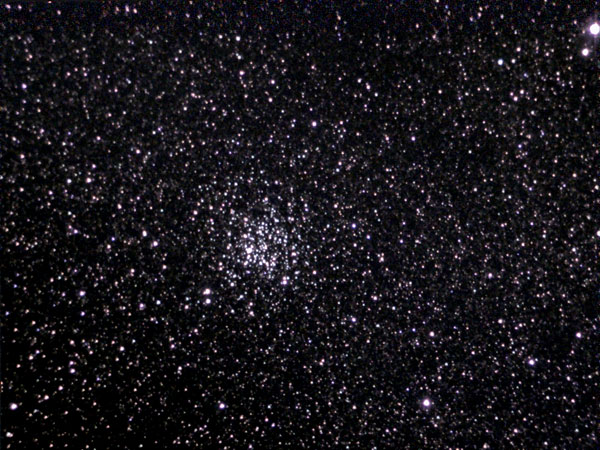 |
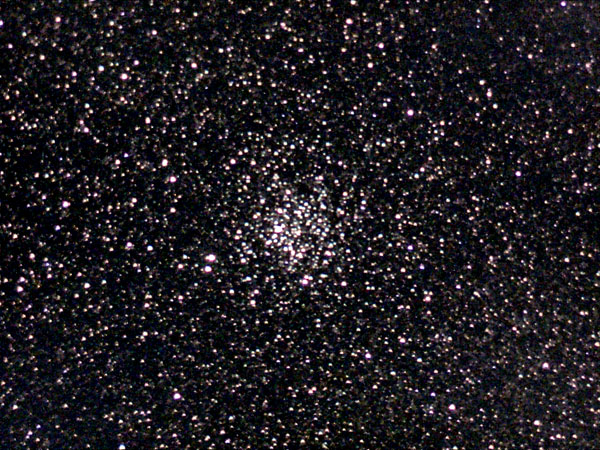 |
||
M 11, Jul 31, 2022 - original (18 frames = 180 seconds) |
M 11 - Aug 22, 2022, processed | M 11 - Oct 7, 2021, processed | ||
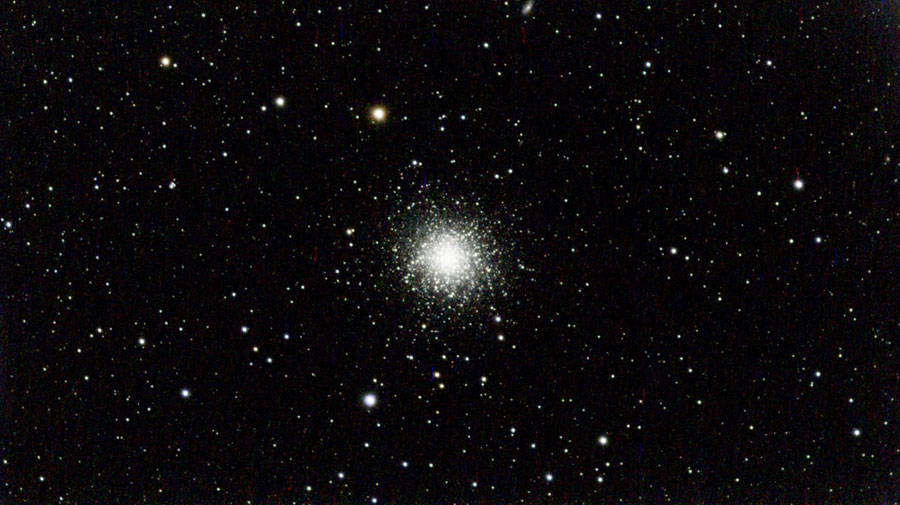 |
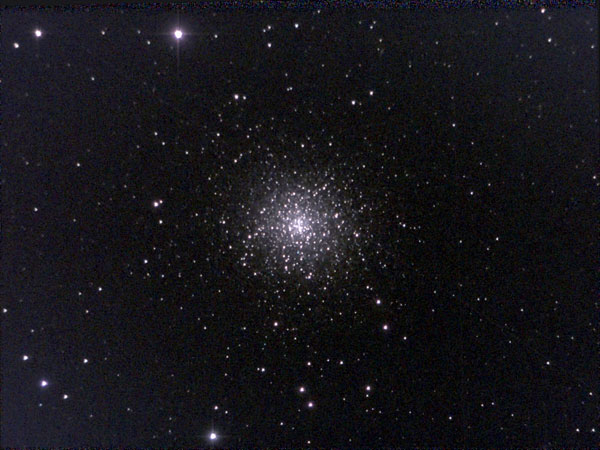 |
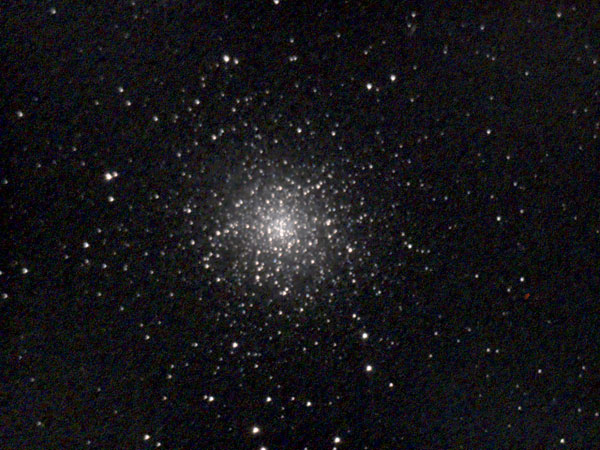 |
||
M 13, Aug 20, 2022 - original (89 frames = 890 seconds) |
M 13 - Aug 22, 2022, processed |
M 13 - Sep 15, 2020, processed and sharpened |
||
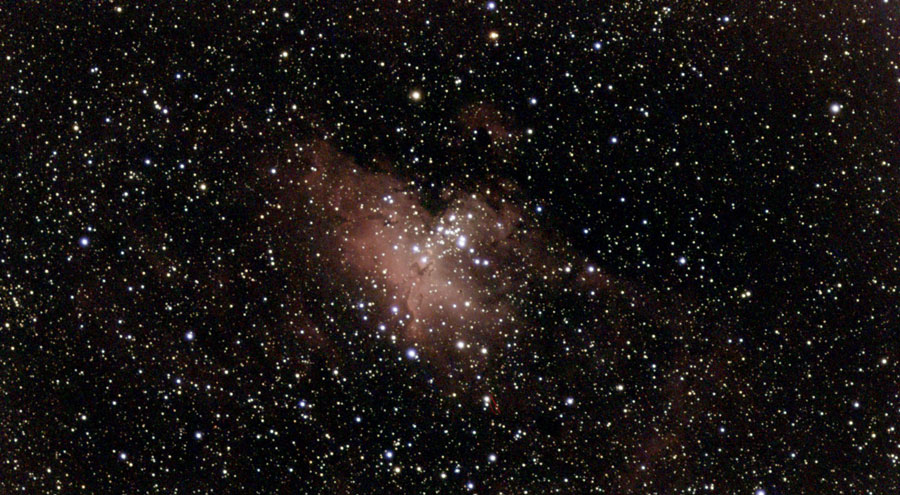 |
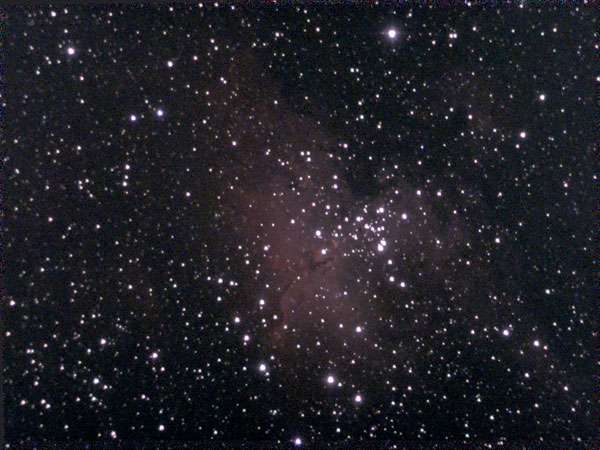 |
|||
M 16, Aug 15, 2022 - original (90 frames = 900 seconds) |
M 16 - Aug 22, 2022, processed |
M 16 - Aug 25, 2020, processed |
||
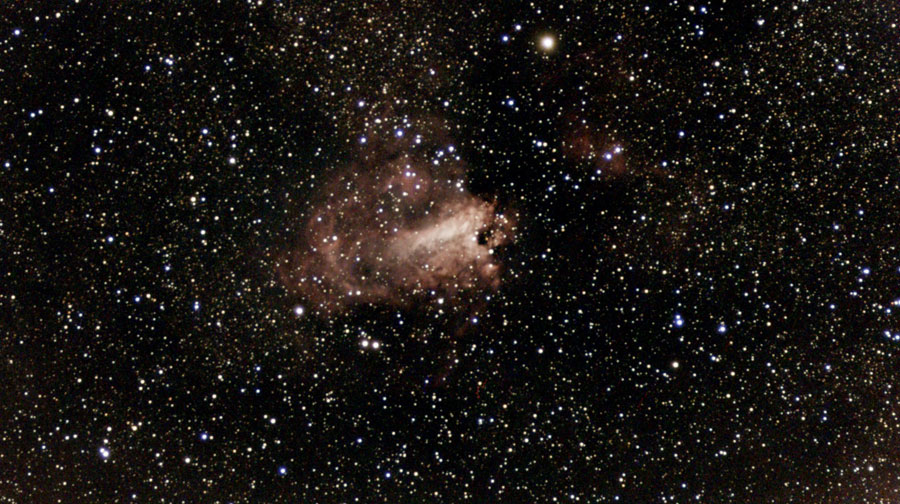 |
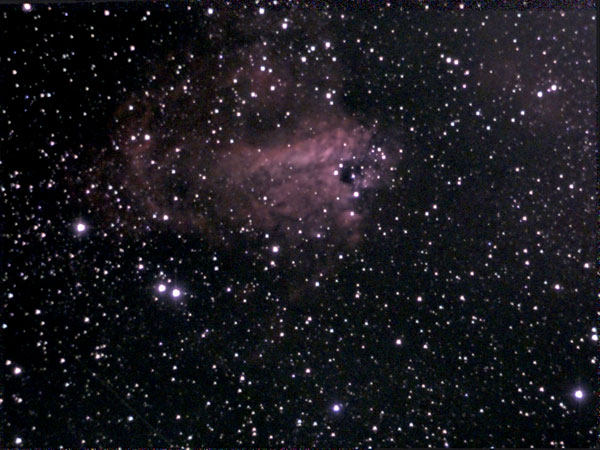 |
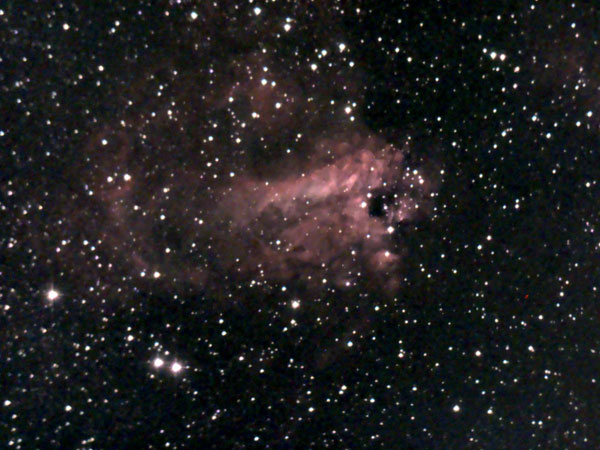 |
||
M 17, Aug 16, 2022 - original (92 frames = 920 seconds) |
M 17 - Aug 22, 2022, processed |
M 17 - Aug 23, 2020, processed |
||
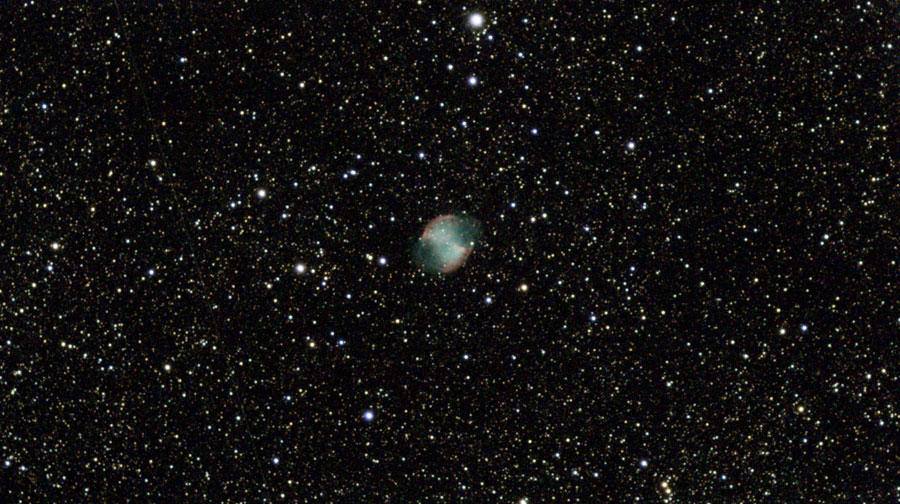 |
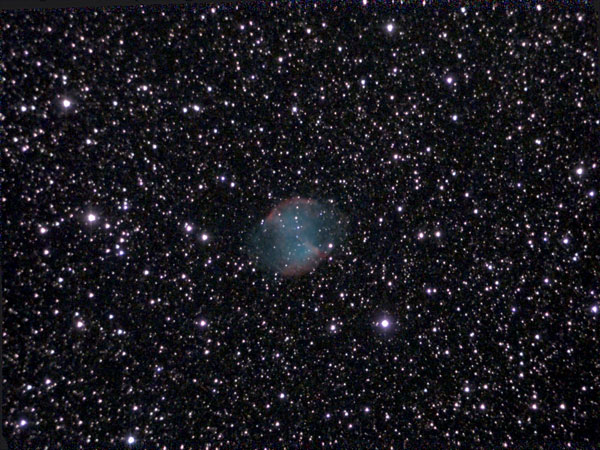 |
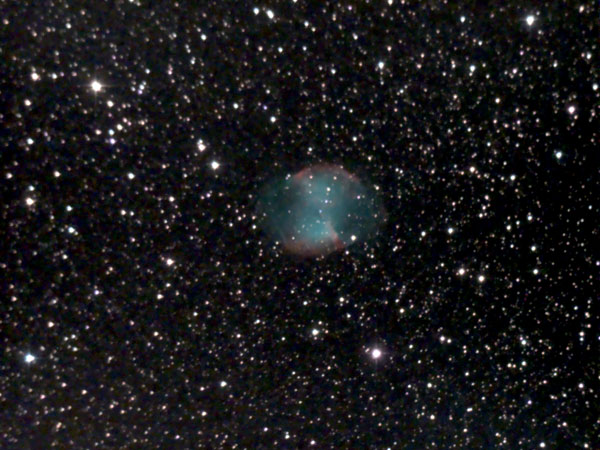 |
||
M 27, Aug 12, 2022 - original (45 frames = 450 seconds) |
M 27 - Aug 22, 2022, processed |
M 27 - Sep 9, 2020, processed |
||
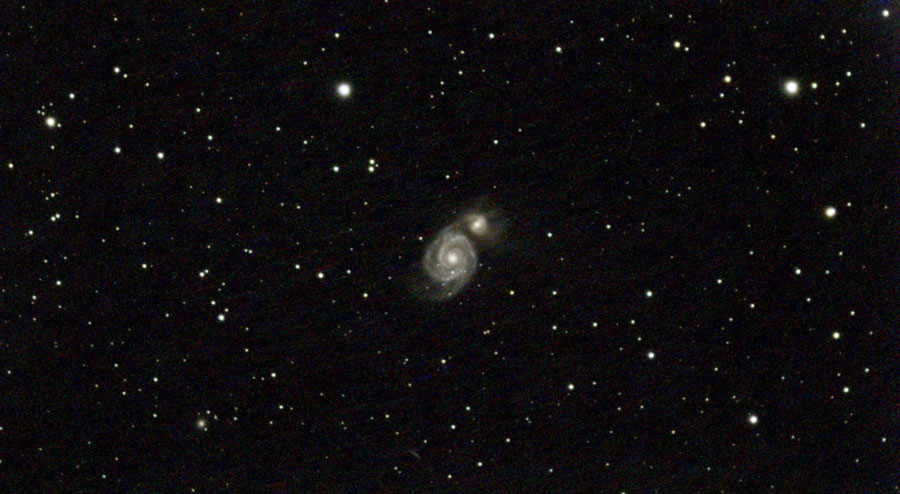 |
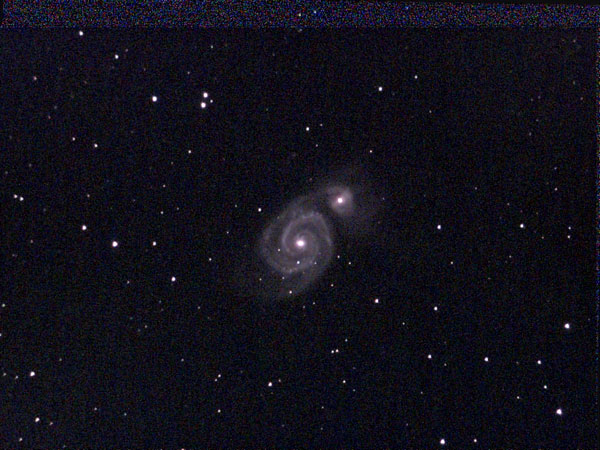 |
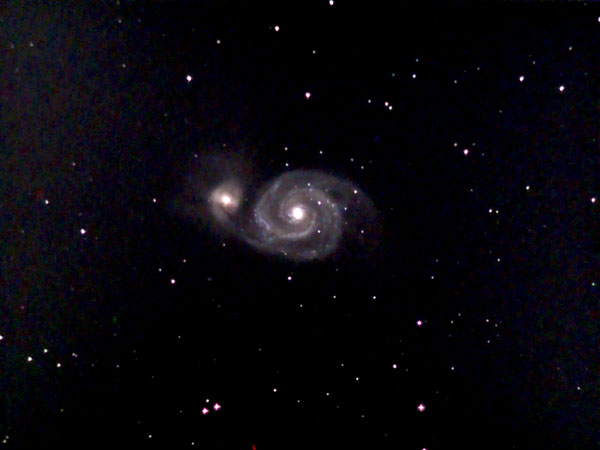 |
||
M 51, Aug 7, 2022 - original (122 frames = 1220 seconds) |
M 51 - Aug 22, 2022, processed |
M 51 - Mar 6, 2021, processed |
||
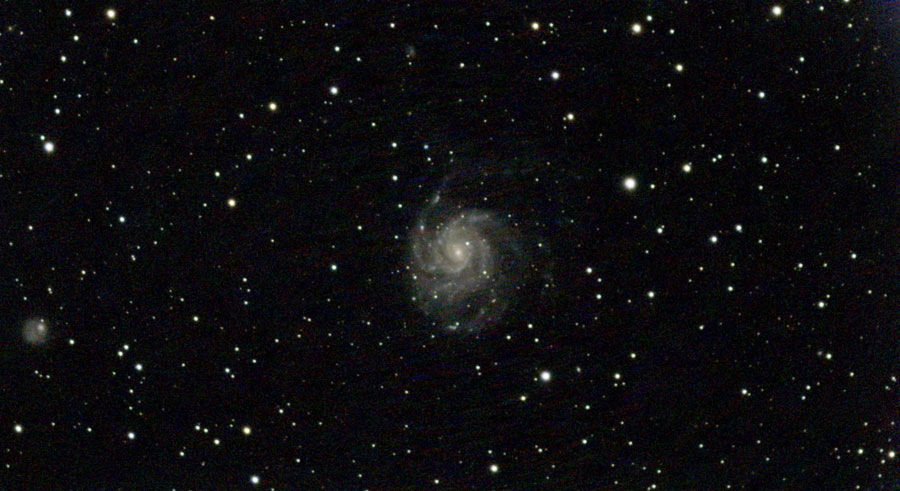 |
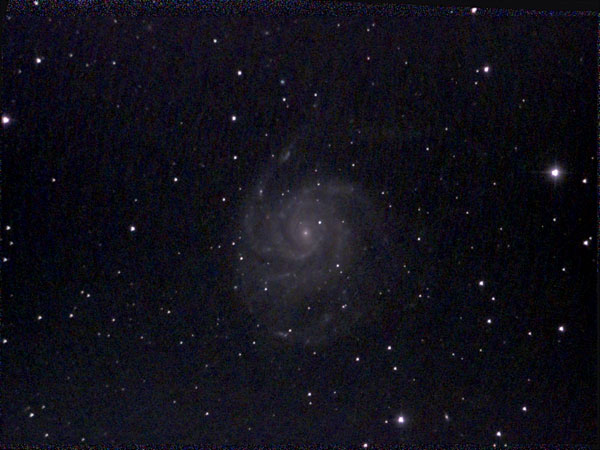 |
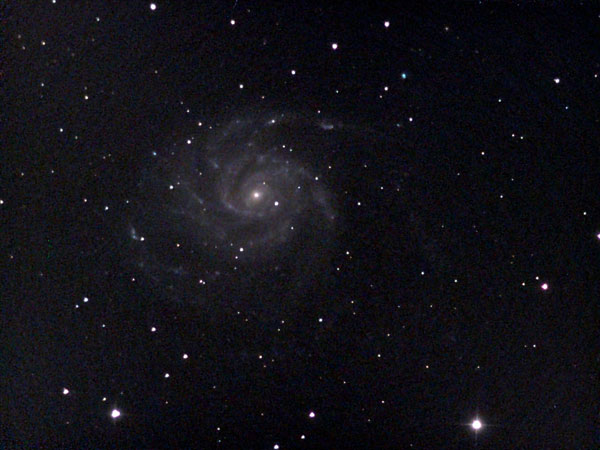 |
||
M 101, Aug 7, 2022 - original (191 frames = 1910 seconds) |
M 101 - Aug 22, 2022, processed |
M 101 - May 30, 2021, processed |
Comment
If the uncropped photos are fitted to a fixed space, the DSO look largest for the eVscope, somewhat smaller for the eVscope 2, and considerably smaller for the Vespera. Actually, however, the eVscope 2 photos have a higher pixel density than the eVscope photos. This advantage is lost with this type of "fitting".
Photos: Second Comparison Vaonis Vespera with the Unistellar eVscope 2 and eVscope
The photos are scaled and cropped (eVscope 2) or just cropped (Vespera) so that they correspond to each other in pixel numbers, irrespective of the relative pixel sizes.
Vaonis Vespera |
Unistellar eVscope 2, Third Sample |
Unistellar eVscope |
||
1920 x 1080, cropped to 1280 x 960 |
Scaled down to 2048 x 1536 and cropped to 1280 x 960 |
Sensor size 1280 x 960 |
||
 |
||||
M 11, Jul 31, 2022 - original (18 frames = 180 seconds) |
M 11 - Aug 22, 2022, processed |
M 11 - Oct 7, 2021, processed |
||
 |
||||
M 13, Aug 20, 2022 - original (89 frames = 890 seconds) |
M 13 - Aug 22, 2022, processed |
M 13 - Sep 15, 2020, processed and sharpened |
||
M 16, Aug 15, 2022 - original (90 frames = 900 seconds) |
M 16 - Aug 22, 2022, processed |
M 16 - Aug 25, 2020, processed |
||
 |
||||
M 17, Aug 16, 2022 - original (92 frames = 920 seconds), autofocus renewed |
M 17 - Aug 22, 2022, processed |
M 17 - Aug 23, 2020, processed |
||
 |
||||
M 27, Aug 12, 2022 - original (45 frames = 450 seconds) |
M 27 - Aug 22, 2022, processed |
M 27 - Sep 9, 2020, processed |
||
 |
||||
M 51, Aug 7, 2022 - original (122 frames = 1220 seconds) |
M 51 - Aug 22, 2022, processed |
M 51 - Mar 6, 2021, processed |
||
 |
||||
M 101, Aug 7, 2022 - original (191 frames = 1910 seconds) |
M 101 - Aug 22, 2022, processed |
M 101 - May 30, 2021, processed |
Comment
If one scales the eVscope 2 photos down to the sensor size and crops them to the sensor size of the original eVscope*, then the DSO appear larger with the eVscope 2 than with the eVscope. Of course, "experts" would have already been able to recognize this from the image scale values or the pixel sizes (at the same focal length), but it is certainly more illustrative to have the differences demonstrated by examples as well.
The Vespera still shows the smallest DSO, but has "caught up" a bit in this presentation because the photos have been cropped from the 1920 x 1080 sensor size to 1280 x 960 pixels, the eVscope sensor size. This also eliminates the influence of the 16:9 format that shows up when the photos are scaled to the same width.
*) The eVscope 2 photos (EV mode) are scaled up by Unistellar from the horizontally cropped sensor size of 2048 x 1536 pixels to 3200 x 2400 pixels; for this comparison, I scaled them back down to 2048 x 1536 pixels and then cropped them to 1280 x 960 pixels.
The sensors of eVscope 2 and Vespera have the same pixel size (2,9 µm); but because of the difference in focal length (450 mm versus 200 mm), there is a resolution factor of 2.25 in favor of eVscope 2 (when measuring the pixels, it seemed to be even a bit larger).
The sensors of eVscope and Vespera differ in pixel size (3,75 versus 2,9 µm); because of the difference in focal length (450 mm versus 200 mm), there is a resolution factor of 1.74 in favor of eVscope.
Notes
Regardless of how Unistellar scales up the eVscope and eVscope 2 photos to, the eVscope 2 has the highest resolution of all three telescopes and the Verspera the lowest. On the other hand, the Vespera shows the largest sky section of all three telescopes and the eVscope 2 shows a larger section than the original eVscope, which already cannot fully display the Moon in all dimensions. So the Vespera can show more objects together than the Unistellar telescopes.
Links
- Vaonis: vaonis.com/fr/ (FR), vaonis.com (EN)
- Unistellar Website: unistellaroptics.com
- See also my page offering Astronomy Links.
| 11.06.2024 |
